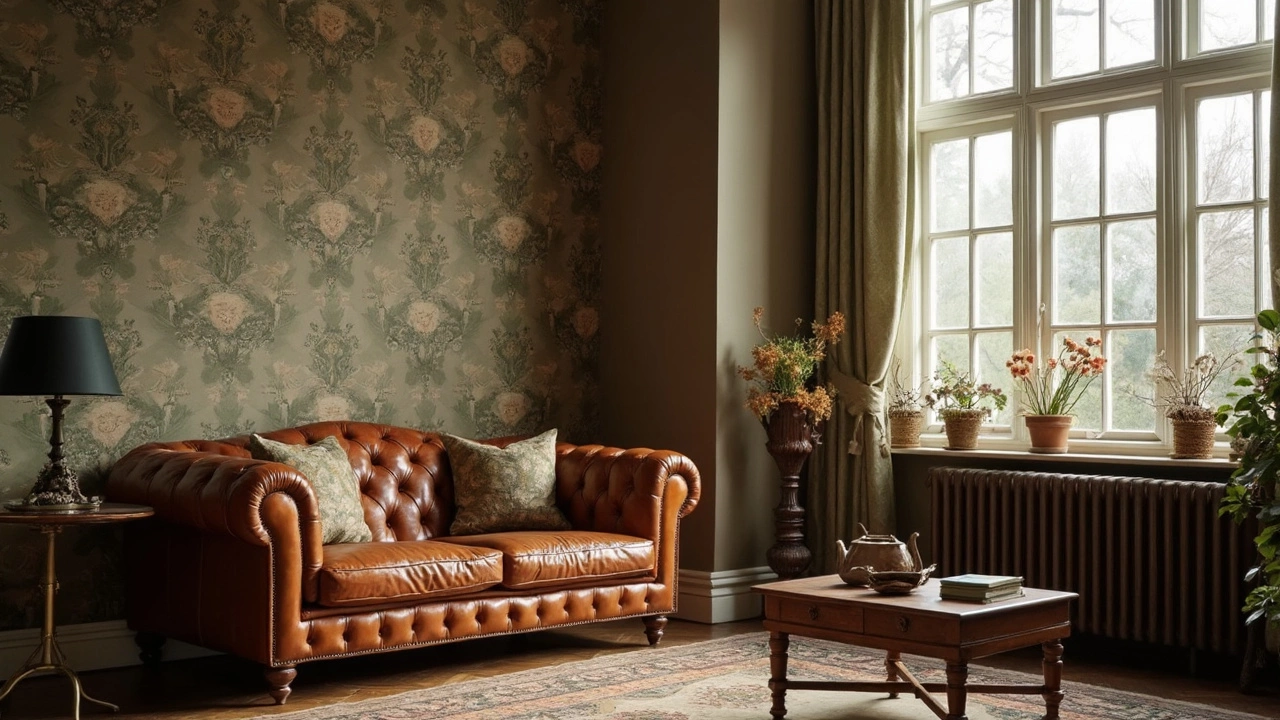Remodeling Costs: Your Quick Guide to Budgeting a Renovation
Thinking about a remodel? The first question most people ask is, "How much will it cost?" The answer depends on a few basics: the size of the space, the materials you pick, and whether you hire a pro or DIY. Knowing these parts lets you set a realistic budget and avoid nasty surprises later.
Start by measuring the area you plan to change. A small bathroom might need a few thousand pounds, while a full kitchen can easily top ten thousand. Once you have square footage, you can apply a rough cost per square meter to get a ball‑park figure. This simple math gives you a starting point before you dive into design details.
Main Factors That Drive Remodeling Costs
1. Materials – Tiles, flooring, cabinets, and fixtures come in a wide price range. Luxury options like marble or custom wood will push the budget up, while standard ceramic tiles or laminate flooring keep costs down.
2. Labour – Hiring licensed tradespeople ensures quality, but labour is often the biggest chunk of the bill. If you can handle demolition or painting yourself, you’ll shave a few thousand off the total.
3. Scope of work – Moving plumbing or electrical lines adds complexity and cost. Even a simple layout change may require a professional to re‑wire sockets or reroute pipes.
4. Location – In the UK, costs can vary by region. Projects in London or the South East generally cost more than those in the North due to higher labour rates.
5. Unexpected issues – Old homes often hide problems like damp, faulty wiring, or hidden damage. Set aside a contingency fund (about 10‑15% of your budget) to cover these hidden costs.
Smart Ways to Save Money on Your Remodel
Shop around for material quotes. Many suppliers have clearance sections where you can find quality products at a discount. Don’t overlook the power of buying in bulk if you’re doing multiple rooms.
Plan the work in phases. If the kitchen is your priority, finish that first and use the savings from later phases to upgrade other areas later. This spreads the expense over time and reduces financial pressure.
Reuse what you can. Keep existing cabinets and just refinish them, or reuse tiles from a demolished bathroom. Little changes add up to big savings.
Get multiple bids from contractors. A written quote should break down labour, materials, and any extra fees. Compare them and ask each contractor how they handle changes or unexpected issues.
Finally, keep a clear, written contract. List every task, material, and cost. A solid contract protects you from surprise price hikes and makes sure everyone is on the same page.
Remodeling can be a big investment, but with a clear budget, realistic expectations, and a few smart moves, you can stay in control of the costs. Use the tips above to plan your project, track expenses, and end up with a space you love without breaking the bank.
Is It Cheaper to Re-Wallpaper or Paint?
- Gavin Whitaker
- |
- |
- 0
Trying to decide between wallpaper or paint for your next project? This article dives into the costs associated with each option, helping homeowners make informed decisions. Learn about factors like material prices, labor, and durability that can influence your choice. Find out which option can save you money in the long run and get tips on modern trends to enhance your space.
View more